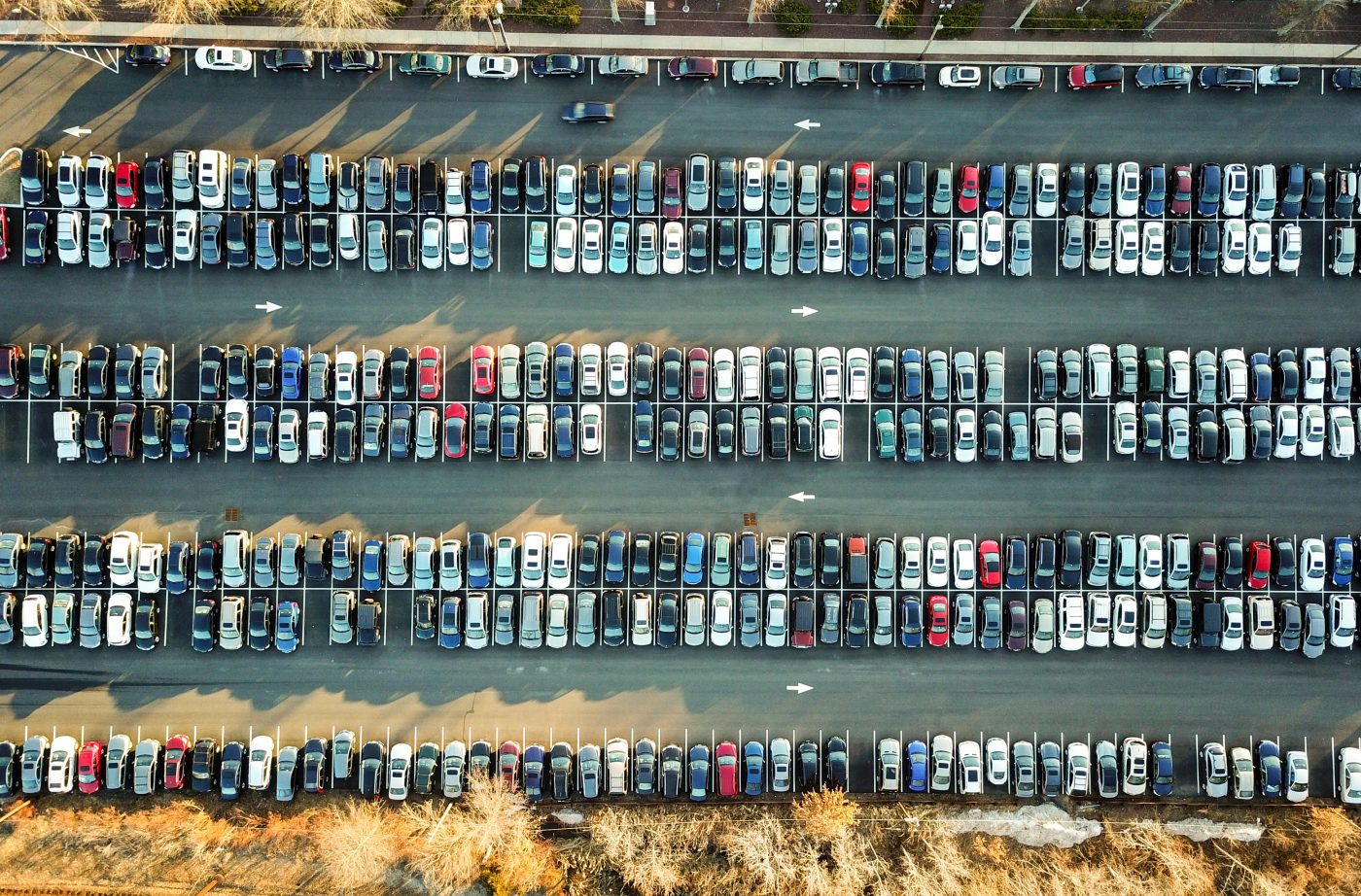Rethinking Global Supply Chains
The global automotive parts industry is worth nearly half a trillion dollars annually.
While Germany has the largest slice of the exported parts pie at 16%, countries like the US, Japan, China, and Mexico all account for between 7% and 11% of the global market.
As a direct result of COVID-19 we’ve seen these global exports slow and, in some cases, stop altogether. For a factory running on a just-in-time stock replenishment model and that relies on engine parts from China or prefabricated door panels from Mexico, production lines quickly ground to a halt.
The Chinese region of Wuhan was not only the early epicenter of the COVID-19 virus, it also happens to be, as The New York Times puts it, “home to vast factories making cars for General Motors, Nissan, Honda and other global and local brands”. All of those factories were shut down by order of the Chinese government in January 2020, and reopening the plants – if there are buyers ready and willing to spend on a new vehicle right now – was scheduled for mid-February.
And then those re-openings were pushed back to March. And even that may be short-lived.
As the analyst I spoke to put it, automotive manufacturers are realizing that their supply chains are not as flexible as they thought they would be.
“As a result, they are going to need solutions that are more agile than the ones they have now,” he said. “They need flexible supply chains because they are vital to their survival.”








![[Video] Traditional vs Resilient Supply Chain Planning: Which side are you on?](jpg/adobestock_101964830-350x350.jpg)

